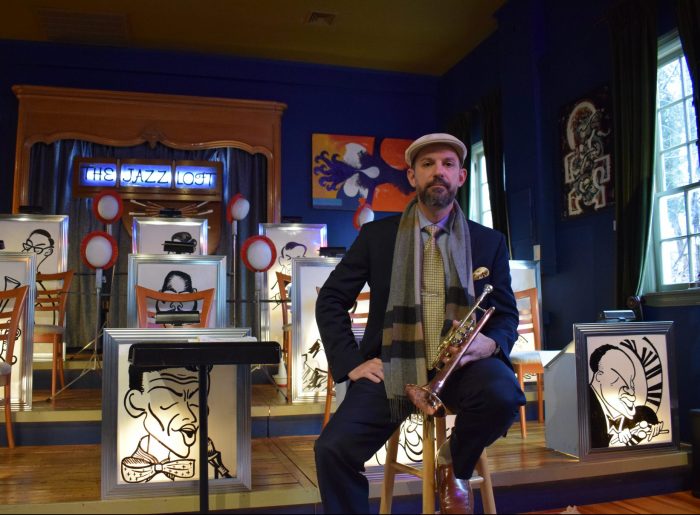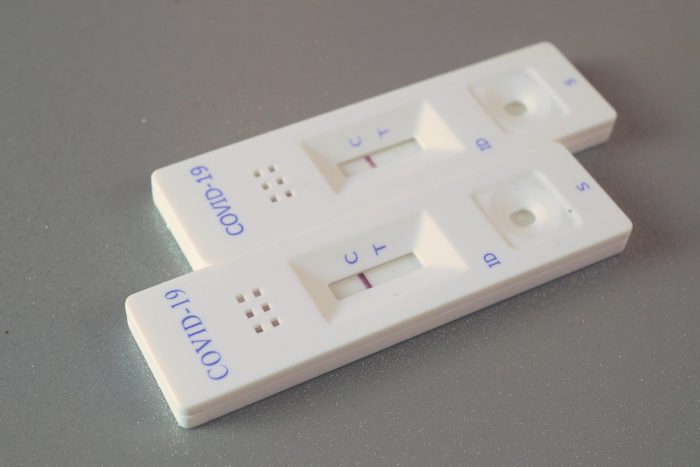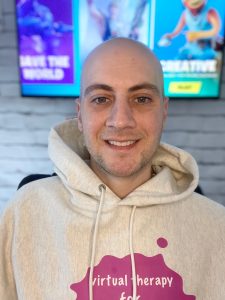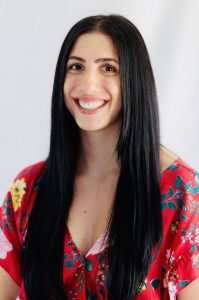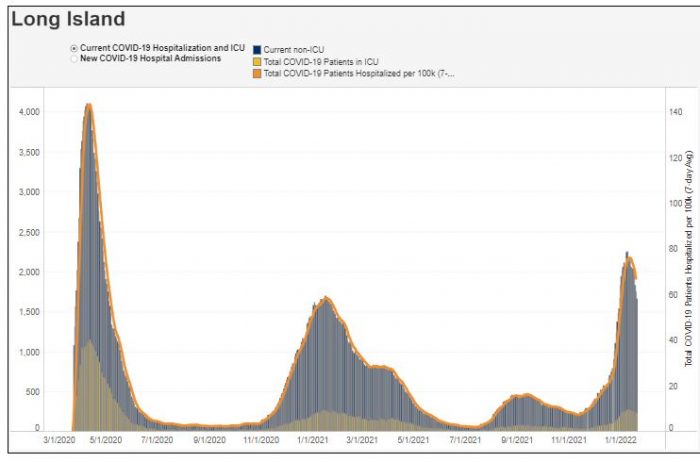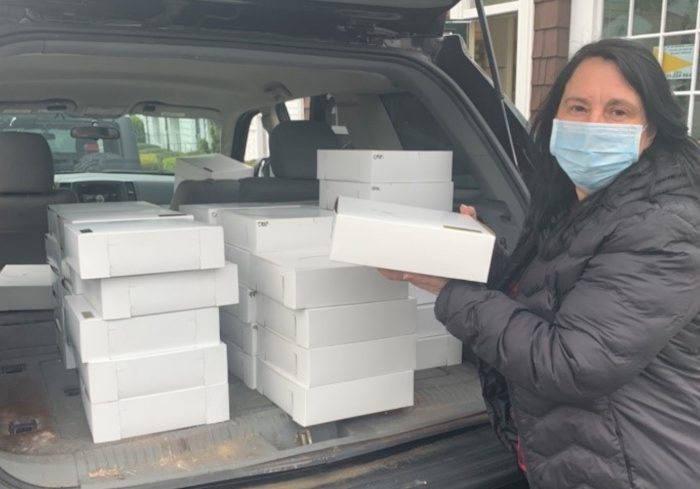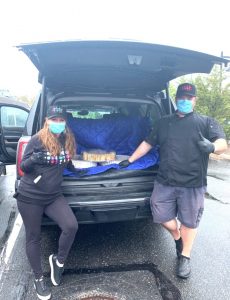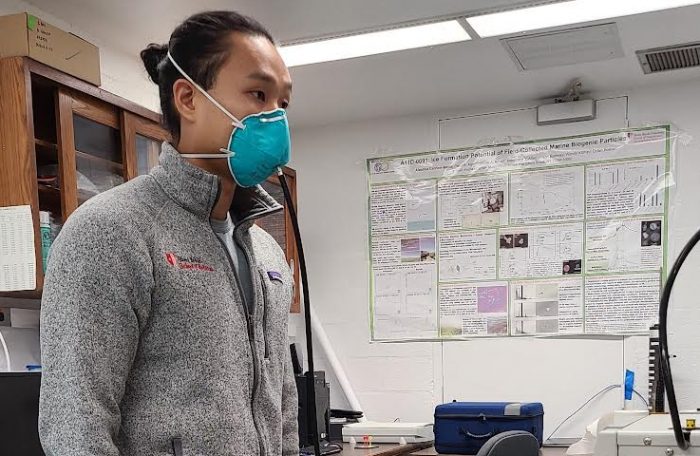The Long Island Arts Alliance is asking artists, performers and creators to share their stories amidst the COVID-19 pandemic.
Lauren Wagner, executive director of LIAA, said that over the last two years, the group has been asking creatives to share the experiences pre-pandemic and onward in hopes that new legislation will be created to further help the art and culture sector locally.
“The percentage of job losses in the arts is three times worse than other nonprofit organizations,” she said.
LIAA serves as an alliance of and for the region’s not-for-profit arts, cultural and arts education organizations. LIAA promotes awareness of and participation in Long Island’s world-class arts and cultural institutions in both Nassau and Suffolk counties.
Formed in 2003, LIAA offers leadership and diverse support services to arts organizations, serves as an advocate for arts education in our schools and collaborates on strategies for economic development and community revitalization.
An advocate for artists, painters, sculptors, dancers, performers and musicians, Wagner added that when things were shut down two years ago, LIAA decided it wanted to reach out to its community to find out how people were handling the stressful changes.
That’s when LIAA came up with surveys to give a platform for creators to explain what’s going on in their lives.
“The surveys are to poll everyone’s status,” Wagner said. “Then, we use those numbers to go back to our new legislators and say, ‘Hey, this is what’s going on and we need help.’”
Most recently, a 2022 update has been posted to the LIAA website. This is the third survey to make its way around the arts community.
The survey states, “As COVID-19 extends into 2022, it is important to secure updated information about the continuing impact of the pandemic on the creative sector and creative workers. The information you provide is critical to advocacy efforts for the arts and culture sector across Long Island.”
Wagner said the more creatives who participate, the better.
“Artists/creatives were — and remain — among the most severely affected segment of the nation’s workforce,” she said. “The arts are a formidable industry in the U.S. — $919.7 billion (pre-COVID) that supported 5.2 million jobs and represented 4.3% of the nation’s economy.”
She added that they have not seen significant relief funding earmarked for the arts from the local government despite the impact the sector has on the local economy.
“The American Rescue Plan provided $385,003,440 to Nassau County, $286,812,434 to Suffolk County, and an additional $170 million to our local townships,” she said.
But when it comes to the higher levels of government, Wagner said that things often get “skewed” because of the Island’s proximity to New York City.
“I hate to say compete with the city, but we do,” she said. “We’re a great economic driver on Long Island and we get forgotten about.”
She said the surveys could “paint a real picture of what it’s like to be an artist on Long Island.”
The artists

Patty Eljaiek, a visual artist from Huntington Station, said that many people might not realize the impact art has on the community — especially financially.
“I think it’s part of the perception that art is not a business,” she said. “Art is a business.”
Elijaiek added that if an artist is looking to share their expertise with the world, they are, in fact, a business.
“Art has been something that people appreciate but they don’t know how to put value to it,” she said.
Wagner agreed. She said that early on during the pandemic, people looked to the arts for solace.
“Artists are second responders,” she said. “First responders save lives, but artists put everything back together.”
Alex Alexander, a musician in Rocky Point, said that people who work in the arts — such as being a working musician — don’t have the typical 9-to-5 routine.
“You can plan with a 9-to-5,” he said. “I can’t plan my life as other people would.”
And Tom Manuel, executive director of The Jazz Loft in Stony Brook and a musician himself, said that his venue was shut down for 15 months throughout the pandemic, but still continued to serve its community with outdoor shows despite the lack of revenue coming in.
Manuel said that while big industries were being saved by the federal government, the nonprofit sector was “left out” and they had to look to their sponsors to help save them.
“We were really blessed in that we had a lot of our donors and sponsors step up and say, ‘Hey, we know that you’re closed, but we’re going to still give our sponsorship and don’t worry about programming, just stay open,’” he said.
Board members at The Jazz Loft began raising money themselves for other artists who were struggling, raising nearly $20,000 worth of assistance.
But the pain and struggle were still there as they helped their peers.
“The statistics show of all the things that could close and not reopen, the most unlikely place to reopen after being shuttered is a performing arts venue,” he said. “That’s the data.”
Manuel said that jazz is all about improvisation — which is what musicians did — and to work through the blues.
“I think that one of the beautiful things that did come out of the pandemic is people realized how important the arts were to them,” he said. “I think there was a reconnection that was established, which is a beautiful thing.”
Artists can participate in LIAA’s survey until Feb. 16 online now at longislandartsalliance.org.
“People don’t realize this is their livelihood on the line,” Wagner said.

